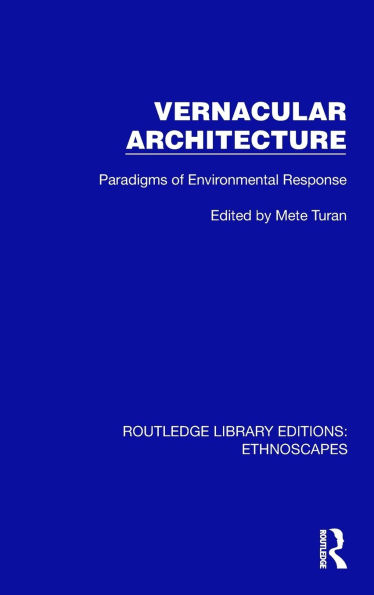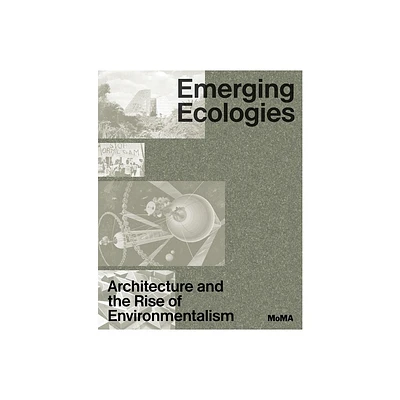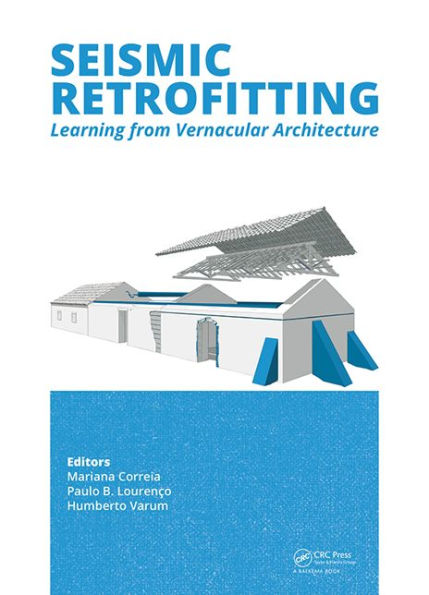Home
Vernacular Architecture: Paradigms of Environmental Response
Loading Inventory...
Barnes and Noble
Vernacular Architecture: Paradigms of Environmental Response
Current price: $135.00


Barnes and Noble
Vernacular Architecture: Paradigms of Environmental Response
Current price: $135.00
Loading Inventory...
Size: Hardcover
*Product Information may vary - to confirm product availability, pricing, and additional information please contact Barnes and Noble
Originally published in 1990, as part of the
Ethnoscapes: Current Challenges in the Environmental Social Sciences
series, reissued now with a new series introduction,
Vernacular Architecture: Paradigms of Environmental Response
was not meant to be collection to represent one view or approach. The only unifying element among the essays is the subject matter. It is clear that there are not only disagreements over the interpretation of objective facts, but more essentially there is a fundamental difference in the pursuit of scientific knowledge. However, regardless of these differences, if the present volume as an attempt to create a theoretical construct called into question the ideographic approaches which do not penetrate the surface, which persistently deal with formal qualities, and which are content with only simple deterministic relations, then it satisfies the major criterion that this collection of essays set for itself, namely to broaden the scope of discussion.
Ethnoscapes: Current Challenges in the Environmental Social Sciences
series, reissued now with a new series introduction,
Vernacular Architecture: Paradigms of Environmental Response
was not meant to be collection to represent one view or approach. The only unifying element among the essays is the subject matter. It is clear that there are not only disagreements over the interpretation of objective facts, but more essentially there is a fundamental difference in the pursuit of scientific knowledge. However, regardless of these differences, if the present volume as an attempt to create a theoretical construct called into question the ideographic approaches which do not penetrate the surface, which persistently deal with formal qualities, and which are content with only simple deterministic relations, then it satisfies the major criterion that this collection of essays set for itself, namely to broaden the scope of discussion.

















